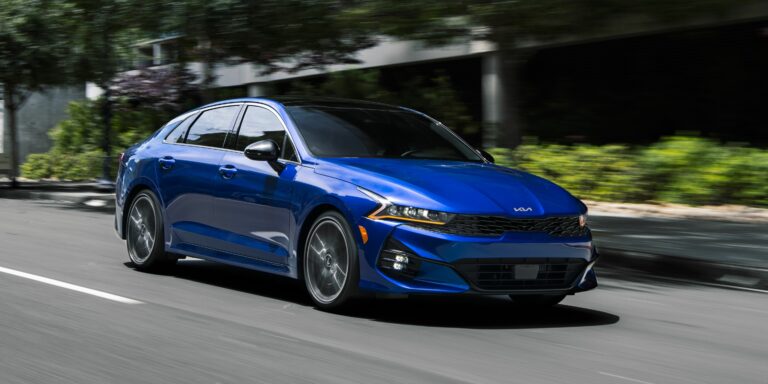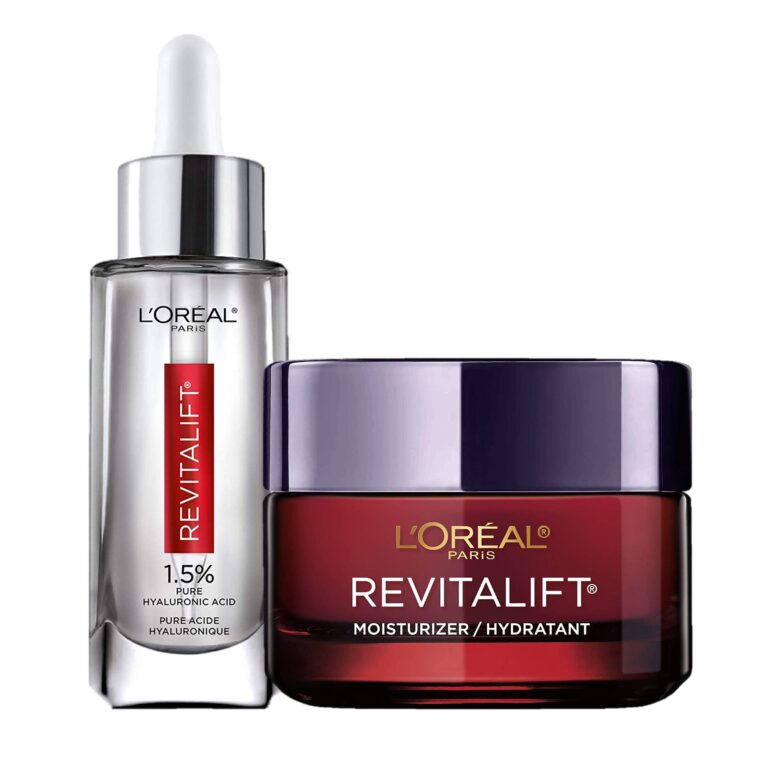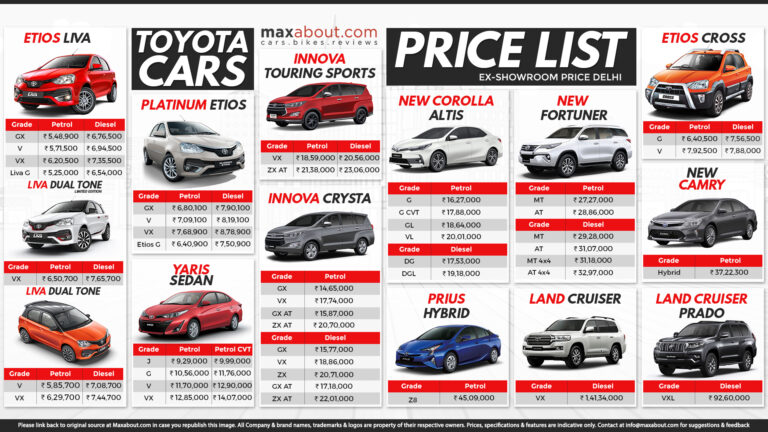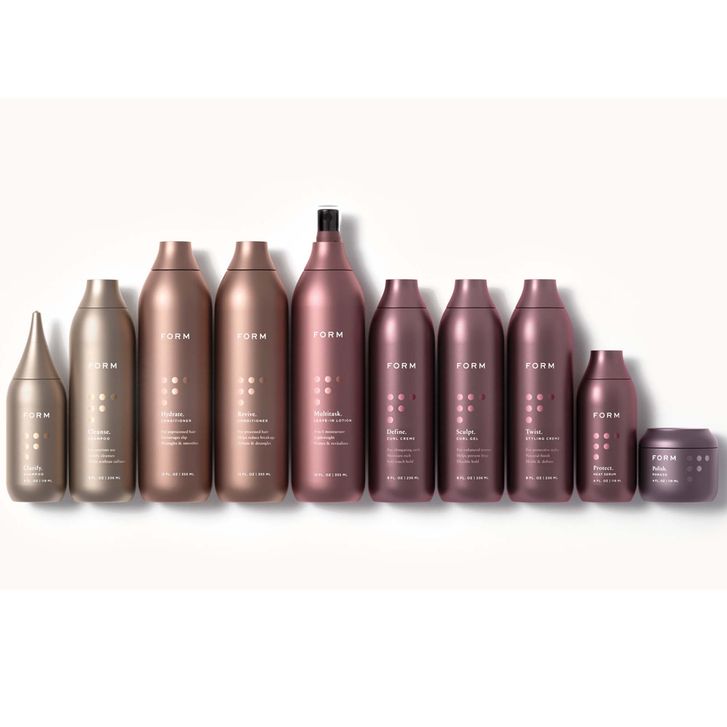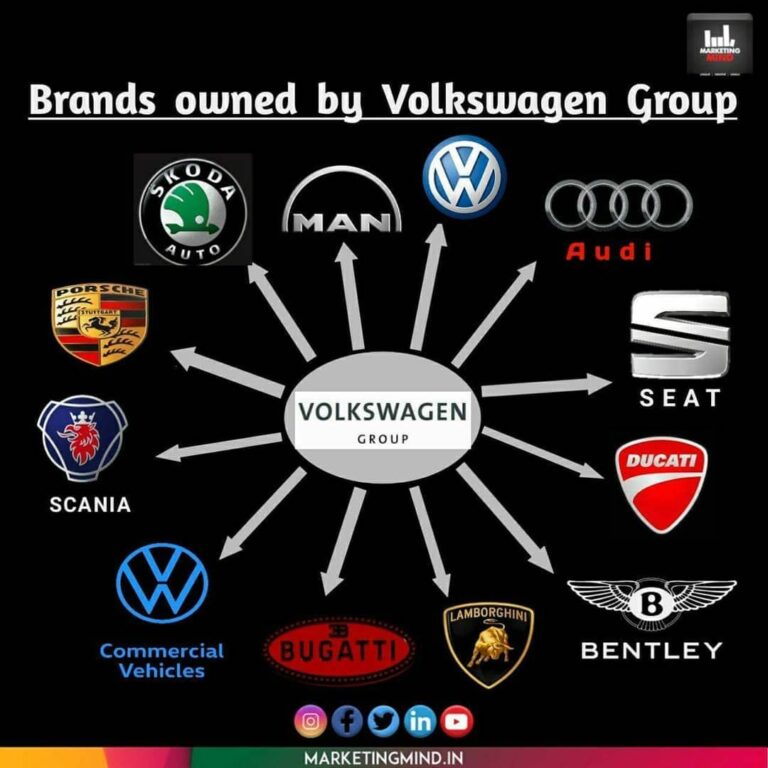Car Brands And Their Luxury Brands: A Strategic Dive into Automotive Segmentation
Car Brands And Their Luxury Brands: A Strategic Dive into Automotive Segmentation cars.truckstrend.com
The automotive landscape is a fascinating tapestry of innovation, engineering, and shrewd marketing. While many consumers are familiar with prominent car manufacturers like Toyota, Honda, or Volkswagen, a deeper look reveals a complex hierarchy where these mainstream brands often operate alongside their more opulent siblings. This strategic division, creating "luxury brands" under a parent company, is a cornerstone of modern automotive business, allowing manufacturers to cater to diverse market segments, maximize profitability, and leverage technological advancements across their portfolios. Understanding this relationship is key to comprehending the true value, positioning, and engineering prowess behind the vehicles we drive.
The Genesis of Luxury Divisions: Why Brands Diversify
Car Brands And Their Luxury Brands: A Strategic Dive into Automotive Segmentation
The practice of establishing distinct luxury divisions emerged primarily in the late 20th century, driven by several compelling strategic objectives. Mainstream brands, while excelling in reliability, practicality, and mass appeal, often found it challenging to break into the high-end market traditionally dominated by established luxury marques like Mercedes-Benz and BMW. Simply creating more expensive versions of their existing models risked diluting their core brand identity and failing to resonate with affluent buyers seeking exclusivity, prestige, and superior craftsmanship.
This led to the birth of new, purpose-built luxury brands, designed from the ground up to embody premium qualities. The primary reasons for this diversification include:
- Market Segmentation: To target different demographics and income brackets without confusing the core brand’s identity. A Toyota buyer prioritizes reliability and value, while a Lexus buyer seeks refined luxury and advanced technology.
- Higher Profit Margins: Luxury vehicles command significantly higher prices and, consequently, higher profit margins, even if they share some underlying components with their mainstream counterparts.
- Technological Innovation Showcase: New technologies, advanced safety features, and cutting-edge infotainment systems can be introduced and refined in luxury models before trickling down to mainstream vehicles, helping to amortize R&D costs.
- Brand Perception and Prestige: A separate luxury brand can cultivate an aura of exclusivity, superior performance, and impeccable service that would be difficult to achieve under a mainstream badge.
- Leveraging Shared Platforms: While distinct, luxury divisions often benefit from shared vehicle architectures, powertrains, and manufacturing processes developed by the parent company, leading to economies of scale.
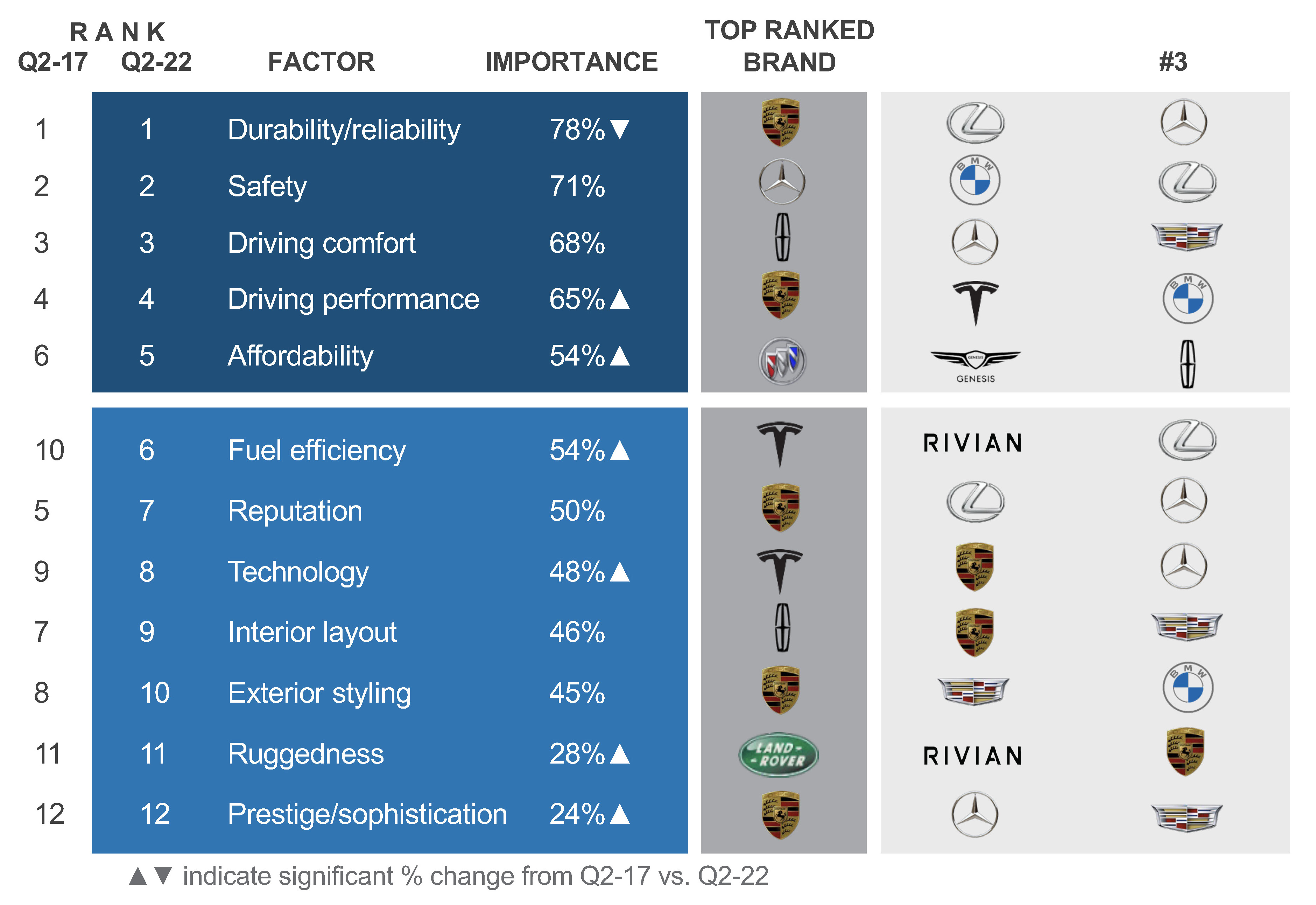
Decoding the Luxury Equation: What Makes a Brand "Luxury"?
Defining "luxury" in the automotive context goes far beyond a higher price tag. It encompasses a holistic experience built upon several pillars:
- Craftsmanship and Materials: Luxury vehicles feature superior interior materials (premium leather, genuine wood, metal accents), meticulous stitching, and impeccable fit-and-finish that signify attention to detail.
- Advanced Technology and Features: From sophisticated infotainment systems and advanced driver-assistance systems (ADAS) to adaptive suspensions and bespoke sound systems, luxury cars often debut the latest automotive innovations.
- Superior Performance and Refinement: This includes powerful yet smooth powertrains, refined suspensions for a comfortable ride, exceptional noise isolation, and precise handling.
- Exclusivity and Prestige: Luxury brands cultivate an image of aspirational ownership, often with limited production runs for certain models and a heritage of excellence.
- Enhanced Customer Service: The luxury ownership experience often extends to personalized service, concierge programs, premium dealership environments, and extended warranties.
- Design Language: Luxury brands typically feature a distinct and often more audacious or elegant design language that sets them apart from their parent company’s more utilitarian aesthetic.
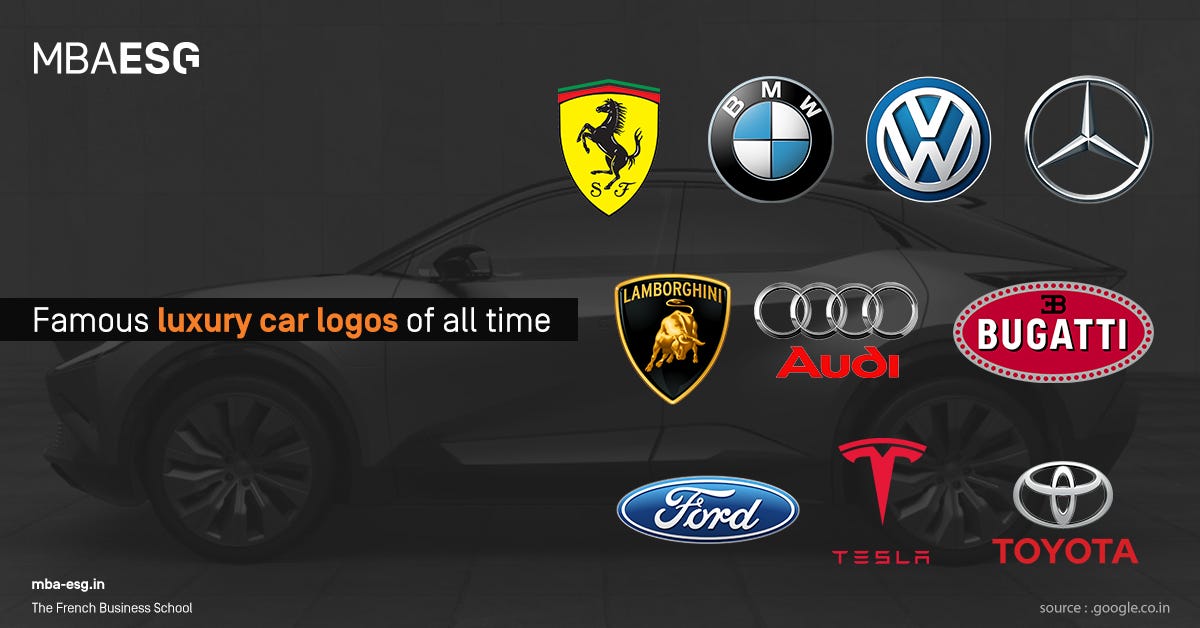
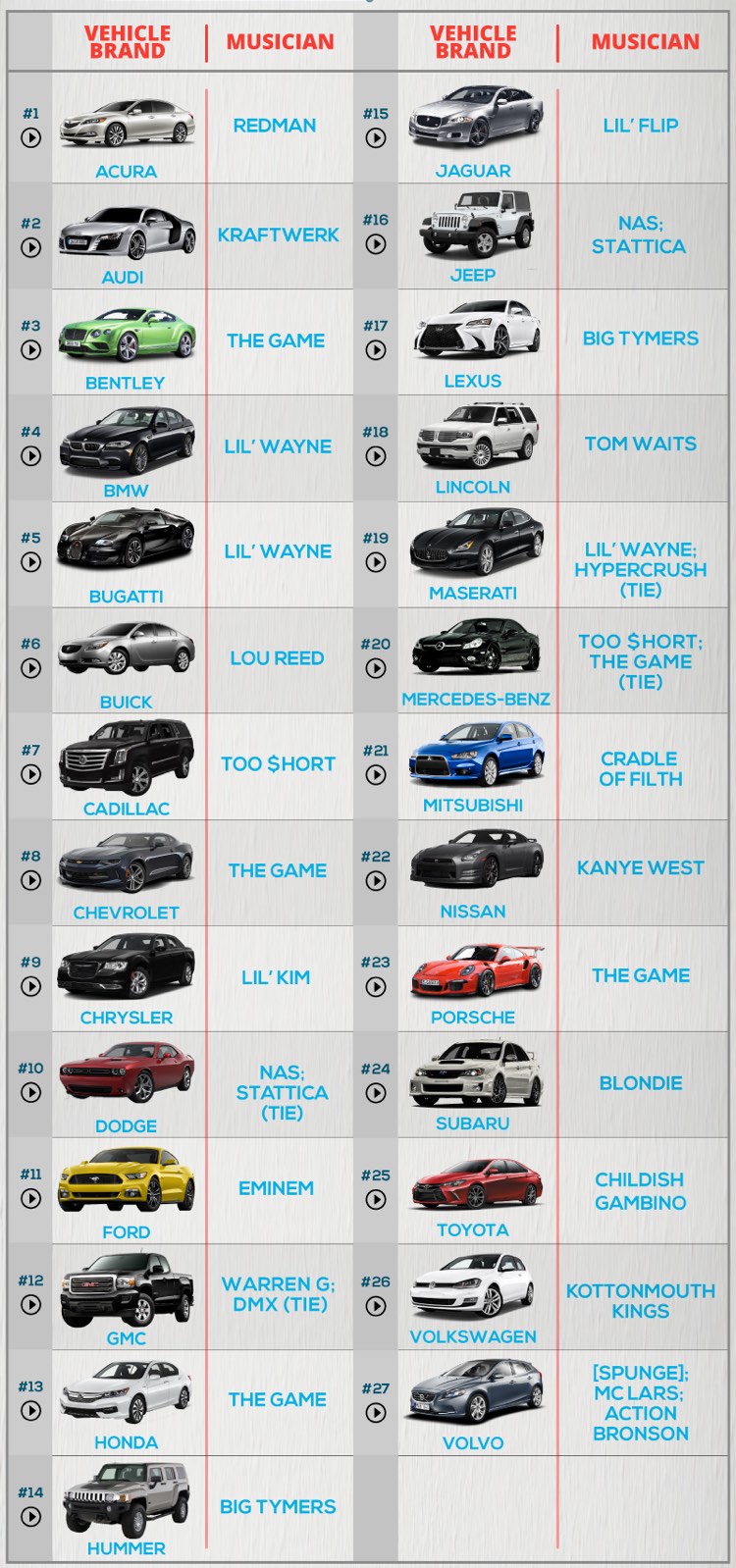
While some shared components (e.g., engines, transmissions, platforms) may exist between a parent and luxury brand, the luxury division invests heavily in refining these components, adding unique styling, enhancing comfort, and integrating advanced features that justify the premium.
Key Players: Iconic Parent-Luxury Duos
The automotive world is replete with examples of successful parent-luxury brand relationships. Here are some of the most prominent:
- Toyota – Lexus: Perhaps the most famous example, Lexus was launched by Toyota in 1989 to compete with established German luxury brands. Known for its impeccable reliability, refined interiors, and smooth, quiet rides, Lexus quickly carved out a significant market share, particularly in North America.
- Honda – Acura: Honda’s luxury arm, Acura, also launched in 1986, focused on delivering a sportier, more performance-oriented premium experience. It pioneered the use of innovative technologies like VTEC engines and Super Handling All-Wheel Drive (SH-AWD).
- Nissan – Infiniti: Nissan’s entry into the luxury market in 1989, Infiniti, distinguished itself with bold design, powerful engines, and a focus on driver engagement.
- Hyundai – Genesis: A relatively newer player, Genesis spun off from Hyundai as a standalone luxury brand in 2015. It has rapidly gained traction by offering compelling design, advanced technology, and a comprehensive ownership experience at a competitive price point, challenging established luxury norms.
- Volkswagen Group (VW) – Audi, Porsche, Bentley, Lamborghini, Bugatti: VW Group stands as a conglomerate masterclass in brand diversification. While VW itself is a mainstream brand, it owns a spectrum of luxury and ultra-luxury marques. Audi offers sophisticated technology and sporty luxury, Porsche is synonymous with high-performance sports cars, Bentley delivers ultra-luxury craftsmanship, Lamborghini represents exotic supercars, and Bugatti sits at the pinnacle of hypercar exclusivity.
- General Motors (GM) – Cadillac: An enduring American luxury brand, Cadillac has undergone significant reinvention in recent decades, moving from traditional comfort to a focus on performance, bold design, and cutting-edge technology to compete with European rivals.
- Ford – Lincoln: Ford’s luxury division, Lincoln, has a long history of American comfort and elegance. In recent years, it has revitalized its lineup with an emphasis on "Quiet Flight" design, serene interiors, and advanced technology.
- Daimler AG – Mercedes-Benz, Mercedes-Maybach, Mercedes-AMG: Mercedes-Benz is a luxury brand in its own right, but Daimler AG further segments its luxury offerings. Mercedes-Maybach represents the ultimate in bespoke ultra-luxury and chauffeur-driven opulence, while Mercedes-AMG is the high-performance division, enhancing existing Mercedes-Benz models with track-bred capabilities.
- BMW – Rolls-Royce (and M performance division): BMW, a premium brand, also owns Rolls-Royce, the epitome of ultra-luxury, bespoke automotive artistry. Like Mercedes, BMW also has its internal high-performance division, BMW M.
- Tata Motors – Jaguar, Land Rover: The Indian conglomerate Tata Motors owns the iconic British luxury brands Jaguar (known for sporty elegance) and Land Rover (renowned for premium SUVs and off-road capability).
- Stellantis – Alfa Romeo, Maserati: Stellantis, formed from the merger of Fiat Chrysler Automobiles and PSA Group, houses Italian luxury brands like Alfa Romeo (sporty, emotive performance) and Maserati (grand touring, performance luxury).
Benefits for Consumers and Manufacturers
The parent-luxury brand dynamic offers distinct advantages for both sides of the automotive equation:
For Consumers:
- Wider Choice: Consumers have a broader spectrum of vehicles to choose from, ranging from reliable daily drivers to aspirational luxury models, all potentially under the same corporate umbrella.
- Access to Premium Features: Luxury brands often introduce advanced features and technologies that eventually trickle down to mainstream models, benefiting all consumers in the long run.
- Brand Prestige and Experience: For those seeking status, superior comfort, or high performance, luxury brands offer a distinct identity and ownership experience.
- Informed Decisions: Understanding the relationship helps consumers evaluate whether the premium price of a luxury model truly aligns with their priorities, or if a fully loaded mainstream car offers sufficient value.
For Manufacturers:
- Market Penetration: Allows companies to capture market share in both the mainstream and luxury segments.
- Enhanced Profitability: Higher margins on luxury vehicles significantly boost overall corporate revenue.
- Brand Extension and Reinforcement: Luxury divisions can elevate the perception of the entire corporate entity, showcasing technological prowess and design capabilities.
- Efficient Resource Allocation: Shared platforms and R&D can lead to economies of scale, making luxury car production more cost-effective.
- Risk Diversification: Performance in one segment can offset downturns in another, providing financial stability.
Navigating the Landscape: Tips for Buyers
For consumers considering a purchase, understanding the dynamics between parent and luxury brands can lead to more informed decisions:
- Define Your Priorities: Are you seeking ultimate comfort, cutting-edge technology, raw performance, brand prestige, or simply a reliable vehicle? Your priorities will dictate whether a luxury model is truly necessary.
- Look Beyond the Badge: Don’t just buy a car for its luxury emblem. Research the actual upgrades in materials, engineering, and features compared to a top-trim version of its parent brand. Sometimes, a fully loaded mainstream vehicle offers comparable features at a lower price.
- Consider Shared Components: Be aware that luxury models may share engines, transmissions, or platforms with their mainstream counterparts. This isn’t necessarily a drawback (it can mean proven reliability), but it’s important to know where the value addition lies.
- Factor in Total Cost of Ownership: Luxury cars typically come with higher insurance premiums, more expensive parts, and specialized maintenance requirements. Research these costs before committing.
- Test Drive Extensively: Drive both the luxury model and a comparable high-trim version of the parent brand. Pay attention to ride quality, cabin noise, material feel, and overall driving dynamics to discern the tangible differences.
- Evaluate the Ownership Experience: Luxury brands often offer concierge services, loaner cars, and premium dealership experiences. If these aspects are important to you, factor them into your decision.
Challenges and the Evolving Luxury Market
Despite the numerous benefits, operating separate luxury divisions presents challenges. Maintaining a clear distinction between the parent and luxury brand is crucial to prevent brand dilution. If a mainstream brand’s top-tier models become too luxurious, or a luxury brand’s entry models become too accessible, it can blur the lines and confuse consumers.
The automotive landscape is also rapidly evolving. The rise of electric vehicles (EVs) is creating new luxury players (e.g., Tesla, Lucid, Rivian) that challenge traditional notions of luxury, focusing on technology, sustainability, and unique ownership experiences. Established luxury brands are adapting by electrifying their lineups and emphasizing digital integration. As consumers increasingly prioritize connectivity, autonomy, and sustainability, the definition of automotive luxury will continue to shift, demanding constant innovation and strategic adaptation from all players.
Car Brands and Their Luxury Divisions: A Comparative Table
This table provides a comprehensive overview of major parent car brands and their luxury divisions, along with key differentiators and typical market positioning.
| Parent Brand | Luxury Brand | Key Differentiators of Luxury Brand | Typical Entry-Level Price Range (USD) | Market Positioning |
|---|---|---|---|---|
| Toyota | Lexus | Impeccable reliability, refined comfort, quiet cabins, advanced tech. | $40,000 – $60,000 | Premium, reliable, value-driven luxury |
| Honda | Acura | Sporty performance, innovative technology, driver focus. | $35,000 – $55,000 | Sporty, tech-focused premium |
| Nissan | Infiniti | Bold design, powerful V6 engines, emphasis on driving dynamics. | $40,000 – $60,000 | Design-forward, performance-oriented premium |
| Hyundai | Genesis | Value-driven luxury, sophisticated design, comprehensive warranty. | $40,000 – $65,000 | Emerging, high-value luxury challenger |
| Volkswagen | Audi | Sophisticated technology, Quattro AWD, progressive design. | $45,000 – $70,000 | Tech-forward, performance luxury |
| Volkswagen | Porsche | Sports car heritage, unparalleled performance, precise engineering. | $60,000 – $100,000+ | High-performance, prestigious sports luxury |
| Volkswagen | Bentley | Ultra-luxury, bespoke craftsmanship, grand touring comfort & power. | $200,000 – $300,000+ | Ultra-luxury, elite, handcrafted |
| Volkswagen | Lamborghini | Exotic supercars, extreme performance, dramatic design. | $200,000 – $300,000+ | Exotic, high-performance, exclusive |
| Volkswagen | Bugatti | Hypercars, ultimate speed, unparalleled exclusivity, engineering marvels. | $3,000,000+ | Hypercar, pinnacle of automotive engineering |
| General Motors | Cadillac | Reinvented American luxury, bold design, performance focus, tech-heavy. | $45,000 – $70,000 | Reinvented American luxury, performance-oriented |
| Ford | Lincoln | American comfort, quiet luxury, serene interiors, technology. | $45,000 – $65,000 | Comfortable, serene American luxury |
| Daimler AG | Mercedes-Benz | Established luxury, engineering excellence, prestige, diverse lineup. | $50,000 – $80,000 | Classic, prestigious, engineering-driven luxury |
| Daimler AG | Mercedes-Maybach | Ultra-luxury, chauffeur-driven experience, ultimate bespoke comfort. | $180,000 – $250,000+ | Ultra-luxury, executive, bespoke |
| BMW | Rolls-Royce | Pinnacle of ultra-luxury, bespoke customization, ultimate prestige. | $350,000 – $500,000+ | Ultimate ultra-luxury, handcrafted, exclusive |
| Tata Motors | Jaguar | British luxury, sporty elegance, engaging driving dynamics. | $50,000 – $80,000 | Sporty, elegant British luxury |
| Tata Motors | Land Rover | Premium SUVs, legendary off-road capability, luxurious interiors. | $55,000 – $90,000 | Premium, capable, adventurous luxury SUVs |
| Stellantis | Alfa Romeo | Italian performance, emotive design, driver-centric experience. | $45,000 – $70,000 | Sporty, passionate Italian premium |
| Stellantis | Maserati | Italian luxury, performance grand touring, distinctive sound. | $80,000 – $120,000+ | Grand touring, exclusive Italian luxury |
Note: Price ranges are approximate for entry-level models and can vary significantly by trim, options, region, and market conditions. These figures are illustrative.
Frequently Asked Questions (FAQ)
Q: Why do car companies create luxury brands instead of just making more expensive versions of their main brand?
A: Creating a separate luxury brand allows companies to target a different market segment without diluting their mainstream brand’s identity. It enables them to use different marketing strategies, cultivate an aura of exclusivity, justify higher prices, and introduce advanced technologies under a new, aspirational badge.
Q: Are luxury cars really better quality than their parent brand counterparts?
A: Generally, yes. While they may share some underlying components, luxury brands invest significantly more in premium materials, superior craftsmanship, advanced engineering, enhanced noise insulation, refined powertrains, and cutting-edge technology. This translates to a higher perceived and often actual quality in terms of comfort, performance, and features.
Q: Do luxury brands share parts with their mainstream parents?
A: Yes, it’s common for luxury brands to share platforms, engines, transmissions, and certain electronic components with their parent companies. This allows for economies of scale and helps amortize research and development costs. However, these shared components are often highly refined, tuned, or modified for the luxury application, and the visible interior and exterior components are typically unique.
Q: Is it worth buying a luxury car over a fully loaded mainstream car?
A: It depends on your priorities. A fully loaded mainstream car (e.g., a top-trim Toyota Camry) can offer many comfort and tech features found in an entry-level luxury car (e.g., a Lexus ES) at a lower price. However, a luxury car typically provides superior driving dynamics, higher-grade materials, enhanced brand prestige, and a more exclusive ownership experience. The "worth" is subjective and depends on what you value most.
Q: How do maintenance costs differ between a luxury brand and its parent?
A: Maintenance and repair costs for luxury brands are generally higher than for their mainstream parents. This is due to more specialized parts, advanced technology requiring specialized tools and training, and higher labor rates at luxury dealerships. Insurance premiums also tend to be higher for luxury vehicles.
Q: What’s the difference between a luxury brand and a performance division (e.g., BMW M, Mercedes-AMG)?
A: A luxury brand (like Lexus or Genesis) is a distinct marque designed to offer a premium, often more comfortable and refined experience across a range of models. A performance division (like BMW M, Mercedes-AMG, or Audi Sport/RS) is typically an internal sub-brand of an existing luxury or premium manufacturer that focuses on taking standard models and heavily modifying them for enhanced performance, handling, and often a more aggressive aesthetic. They cater to enthusiasts seeking the highest levels of speed and driving dynamics from within that specific brand’s lineup.
Conclusion
The strategic relationship between parent car brands and their luxury divisions is a sophisticated aspect of the automotive industry. It’s a testament to manufacturers’ ability to segment markets, innovate, and maximize profitability while offering consumers a diverse array of choices. From the reliable elegance of Lexus to the high-octane thrill of Lamborghini, these luxury offshoots demonstrate a commitment to pushing the boundaries of design, technology, and performance. For the discerning buyer, understanding this intricate web allows for more informed decisions, ensuring that the vehicle chosen truly aligns with their aspirations, values, and driving needs, beyond just the badge on the hood. As the automotive world continues its rapid evolution, particularly with the advent of electrification, these luxury brands will undoubtedly remain at the forefront of innovation, shaping the future of premium mobility.

